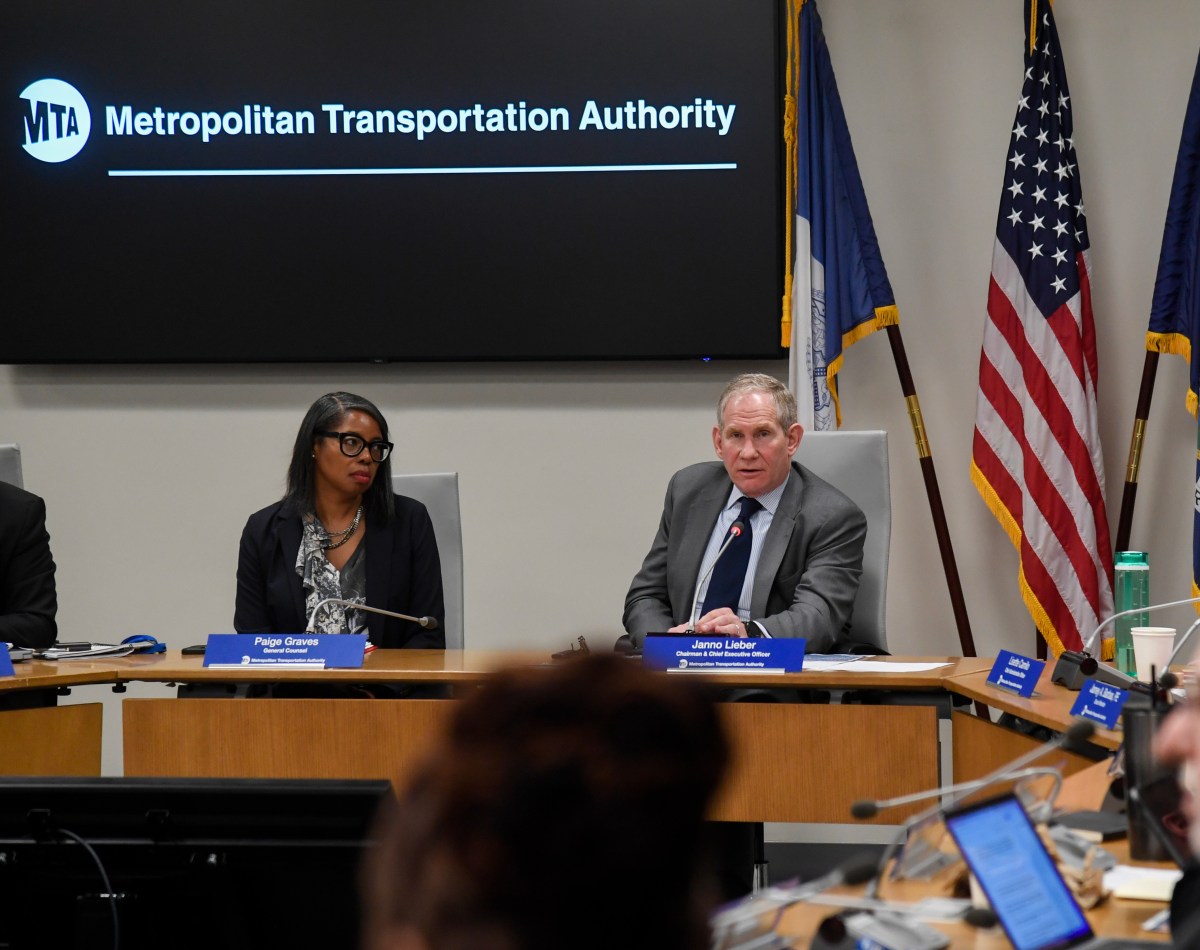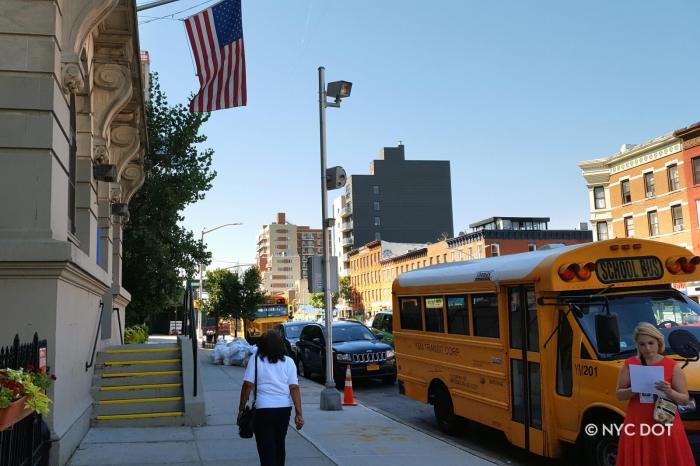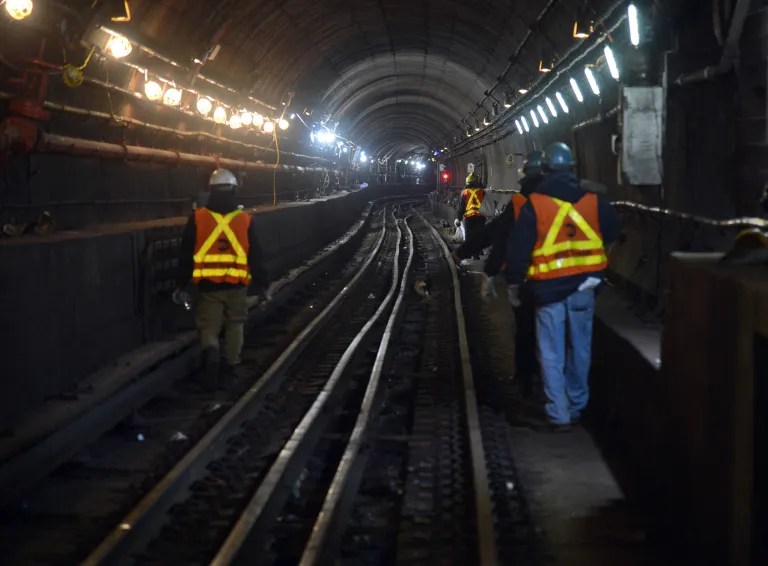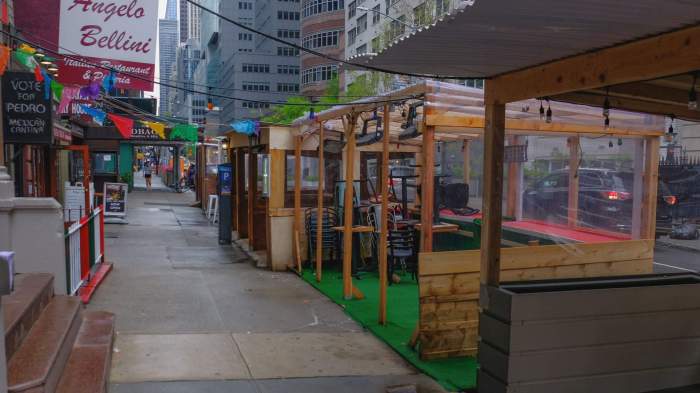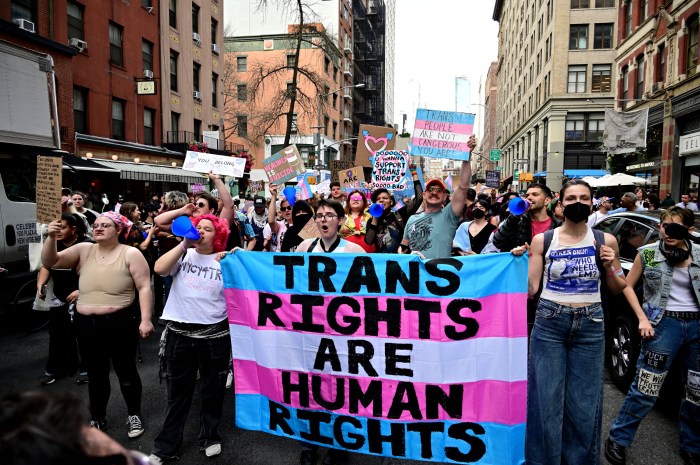After five years of intensive study, passionate debate, and far-reaching public outreach, the MTA Board voted overwhelmingly last week to approve the proposed tolling structure for congestion pricing. It’s about time.
Now we can look forward to starting tolling sometime (hopefully) in mid-June. The MTA is ready for Day One – running more service, more efficiently than ever before to support New Yorkers taking transit.
While peer agencies nationwide have been forced to make painful cuts to service, we were able to work with Governor Hochul and the State Legislature to substantially increase subway service as part of last year’s budget.
By this summer, we’ll have added an additional 1,200 weekly subway trains, focusing on the lines with the greatest need and on the times of day – middays and weekends — where ridership return post-COVID has been strongest.
And we can’t forget about the historic increase implemented on the Long Island Rail Road since the opening of Grand Central Madison — 41% more service systemwide. Rush hour frequencies between Jamaica and Manhattan now roughly equate to midday service on the Lexington Avenue subway, the busiest subway line in North America.
You might think with more trains in the schedule, service might suffer, and you would be wrong. These days, on-time performance (OTP) on the subways has climbed above 80%. Metro-North hit 100% three times this month, and LIRR regularly exceeds 95%.
Compare that to 2018 — the year before congestion pricing was passed by the Legislature – when subway OTP was just 66%. Metro-North had its worst year in recent history then, as infrastructure challenges and extreme weather led to persistent delays.
Subsequent improvements didn’t happen by chance. They’re the result of targeted interventions, one of the biggest being signal modernization. We made it a priority to start replacing Depression-era infrastructure with new technology that allows us to safely run more trains closer together.
The new paradigm also applies to our Paratransit service. Based on feedback from customers, we tightened the standard for what counts as “on time” while maintaining OTP numbers north of 90%. Now customer satisfaction has soared over 80%.
I can keep going with preparations undertaken by MTA in anticipation of congestion pricing:
- Adding 28 new ADA accessible stations to the subway map
- Advancing redesigns of the entire NYC bus network
- Promoting affordability with $5 City Ticket on the railroads
- Enhancing the customer experience with tap-and-go OMNY and new TrainTime and MTA apps
- Introducing subway cars and electric buses of the future
- Renovating dozens of stations
- Fortifying the system against extreme weather
The only thing that hasn’t changed in the last five years is the traffic on streets in the Central Business District. With congestion pricing now even closer to implementation, we’re finally doing something about it.
Janno Lieber is MTA chair and CEO.
Read more: Op-ed on Subway Crime Strategies and MTA Safety Concerns



